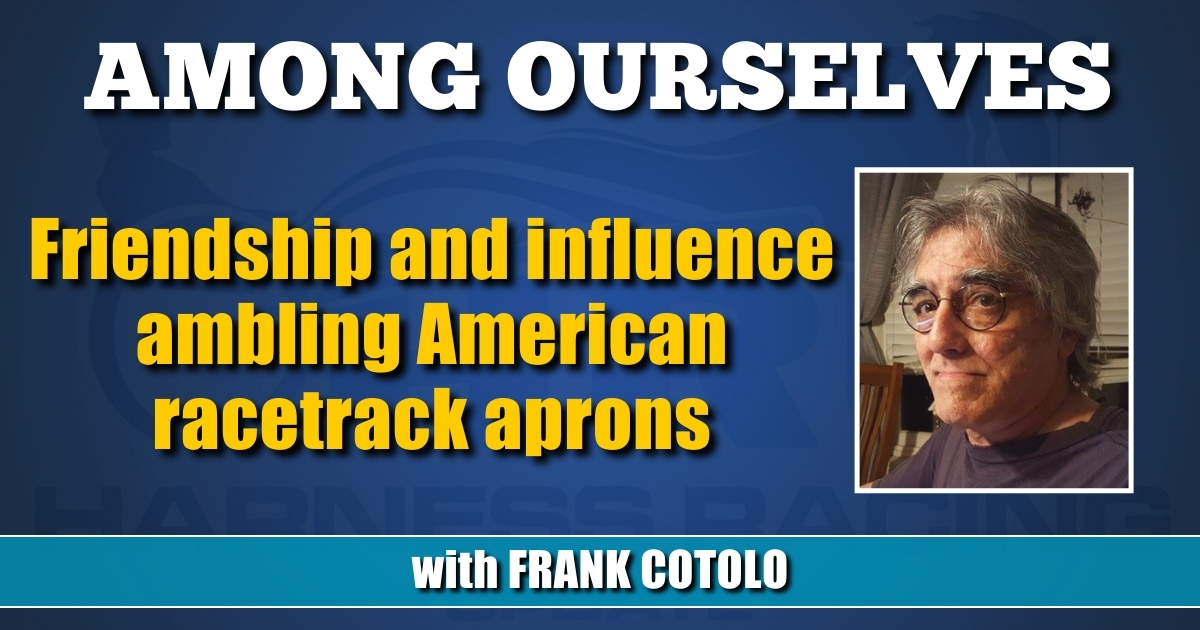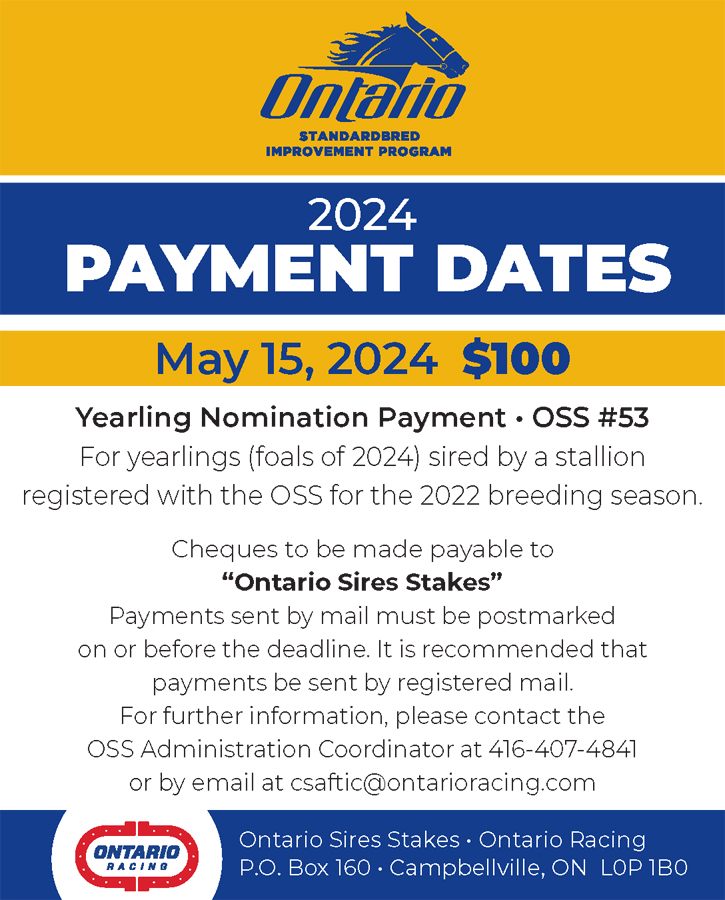

Friendship and influence ambling American racetrack aprons
by Frank Cotolo
Luck played an important role when I returned from England. On the long flight back, I began writing an article titled “Betting A Horse Of A Different Colour” [sic]. It was an in-depth report on thoroughbred race wagering in Great Britain for people on the west side of the Atlantic. After a week back in the USA I completed the article in my Hollywood and Vine office while writing hours of material for syndicated radio shows.
While researching periodicals where I could submit the article, I found the magazine Gambling Times (GT). Adding to the discovery it turned out its publishing offices just so happened to be located on Highland Boulevard around the corner from my apartment. This meant I could physically deliver the article and shmooze with editors; an edge over anyone submitting articles through the mail.
Armed with the current issue of the magazine (available at Hollywood’s popular streetside newspaper vendor) and a clean copy of my article I met with a GT editor.
“I cover baseball,” he said, “but I’ll get this it to the horse racing editor.”
“What is his name?”
“Mark Cramer. He doesn’t work out of this office.”
“Does he live in town?”
“Yeah, in the Valley.”
“Does he get a lot of article submissions?”
“He does a column but he looks at submissions.”
“And he makes the decisions to publish them?”
“Yeah. He’s the horse-gambling editor.”
“What about the harness racing column? This Barry Meadow? Does he live in the Valley as well?”
“He does a column. Any harness-gambling articles go through him. But there aren’t many harness-gambling articles. If any ever.”
“There must me more than there are for betting baseball considering it’s illegal to bet on baseball.”
“You can bet on baseball in Nevada where you can bet on anything. You heard of Nevada? It’s a state just to the west of…”
“Right.”
A few days later I received a call from Mark Cramer. He was impressed with my article and told me it would be published in an upcoming issue soon and he said he was interested in my continued input to the publication. We set up a meeting at Hollywood Park.
Mark began his pari-mutuels history betting harness racing in New York but his expertise came from thoroughbred racing. My interest in the thoroughbreds was twofold when we met. I was intrigued to pursue learning more about the breed after being smitten by Andy Beyer’s book, Picking Winners. Beyer’s speed-rating formula was becoming a treatise among thoroughbred bettors to the point where it was creating more of them and it seemed to me a worthy path for making money.
Especially from “the breed most likely to exist” as one professional player told me.
Cramer was a transplanted New Yorker and unlike any horseplayer I knew from the east coast. He had a PhD. The hoi polloi bettors I met in New York City were lucky if they made it through high school (in all fairness others like me fumbled through four years of college merely to escape military tours in Vietnam).
Cramer was the real academic thing and that was refreshing. Intelligence counted in my book. Beyer clearly made it a component for successful gaming but Cramer added to it a heartfelt love for the game and that heightened its dreadful reputation.
I was not about to give up harness racing and replace it with thoroughbred racing but as is my nature, and thanks to meeting Cramer, I added thoroughbred knowledge to my sprawled professional agenda. My plan was simple, continue my creative jobs at Audio Stimulation (including various road trips and local
performances with Wolfman Jack for TV and radio and on stage); write articles for GT and pop periodicals (some ghost-written for Wolfman Jack) and in my spare time follow Beyer’s speed figures for the thoroughbred meets. I would find sometime during all that to breathe normally and care for life’s many other personal chores. As for harness racing? Los Alamitos harness racing held on by a thread and though I intended solo visits. Shuffling work commitments I was off to the races with Mark Cramer.
He was full of energy at the track and we shared a natural habit of ambling the apron at Hollypark [sic] where between races I displayed my speed figures and Mark complemented them with angle-and-method-play tactics which I respected since among his handicapping observations he knew volumes about the breed and sprints versus routes and turf versus dirt and the patterns of local jockeys and trainers.
We also paired well because Mark’s occupational agenda (for one as a college professor) was also stacked, and he had a wife and child. We managed it all doggedly. Like when Santa Anita opened and we could not attend a day’s card we went to early-morning wagering to make bets.
It was an enriching camaraderie since he was multifarious and always up for conversations about anything but horse racing. Like art and literature and music and the assortment of figures involved. And our outside-of-racing writing. Cramer authored books on topics other than handicapping races. Fiction and non-fiction. I was grateful when he asked me to write the foreword to “Kinky Handicapping,” a book with unique approaches to finding valuable bets.














